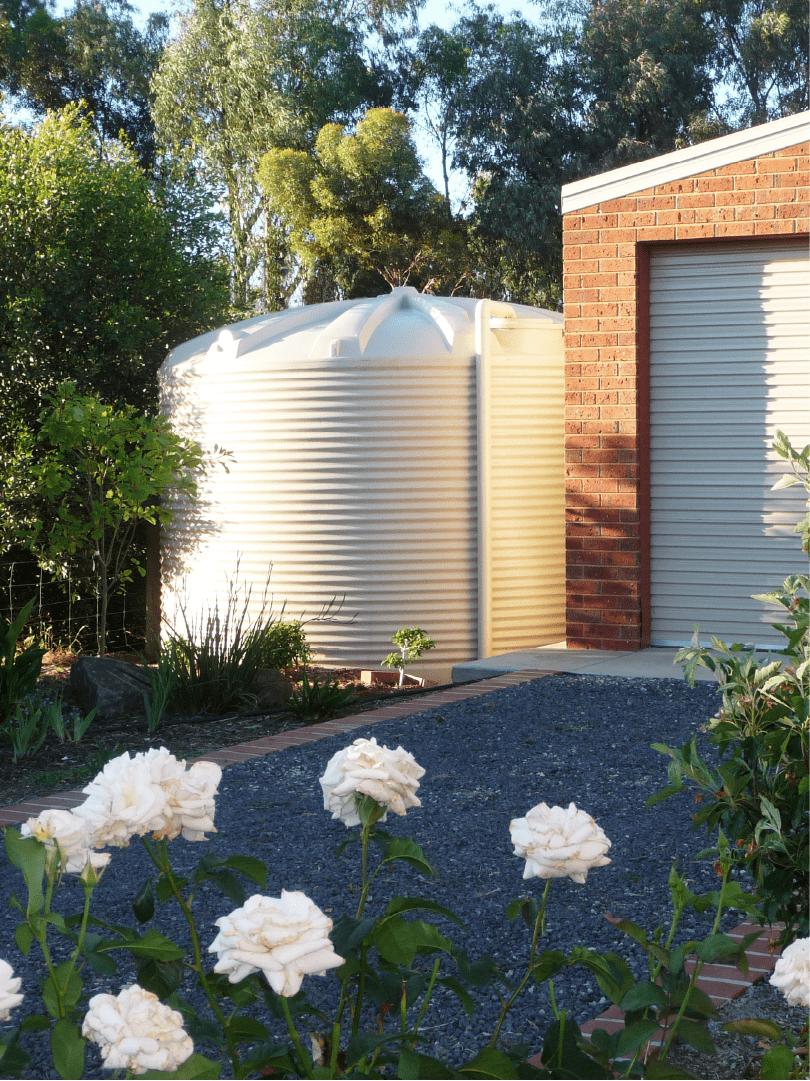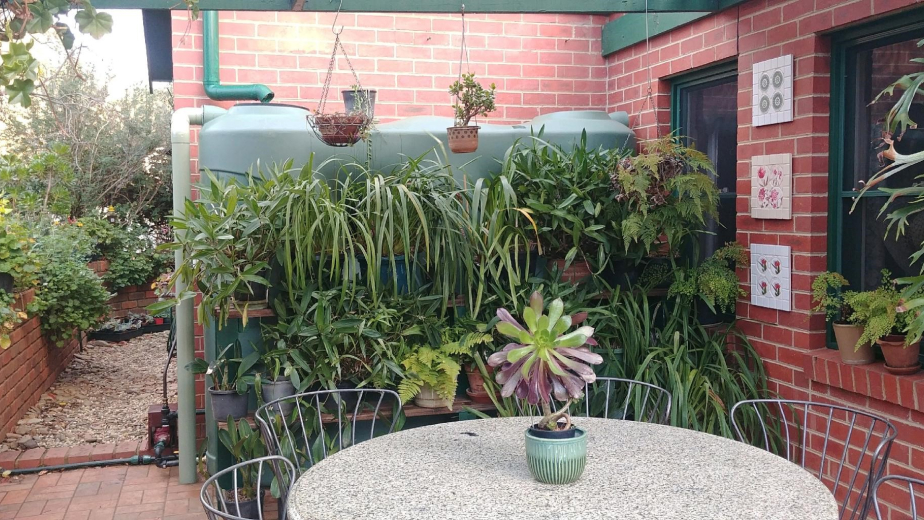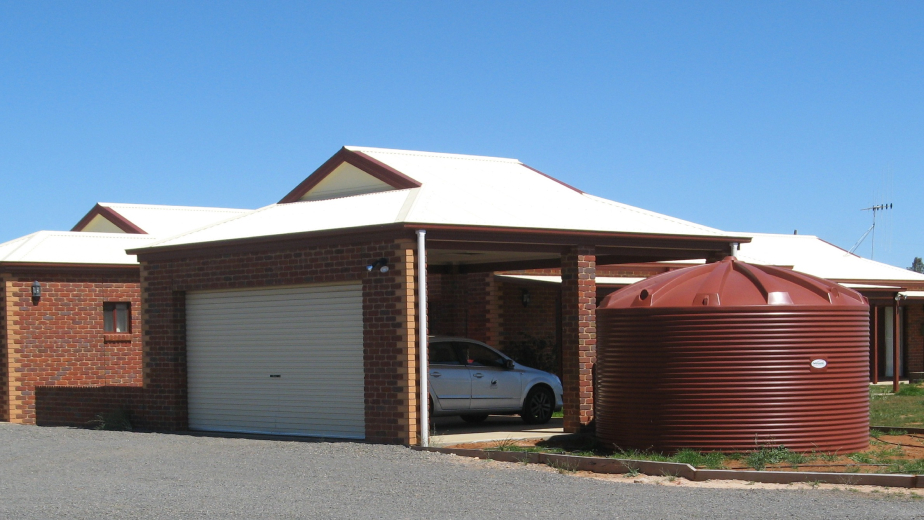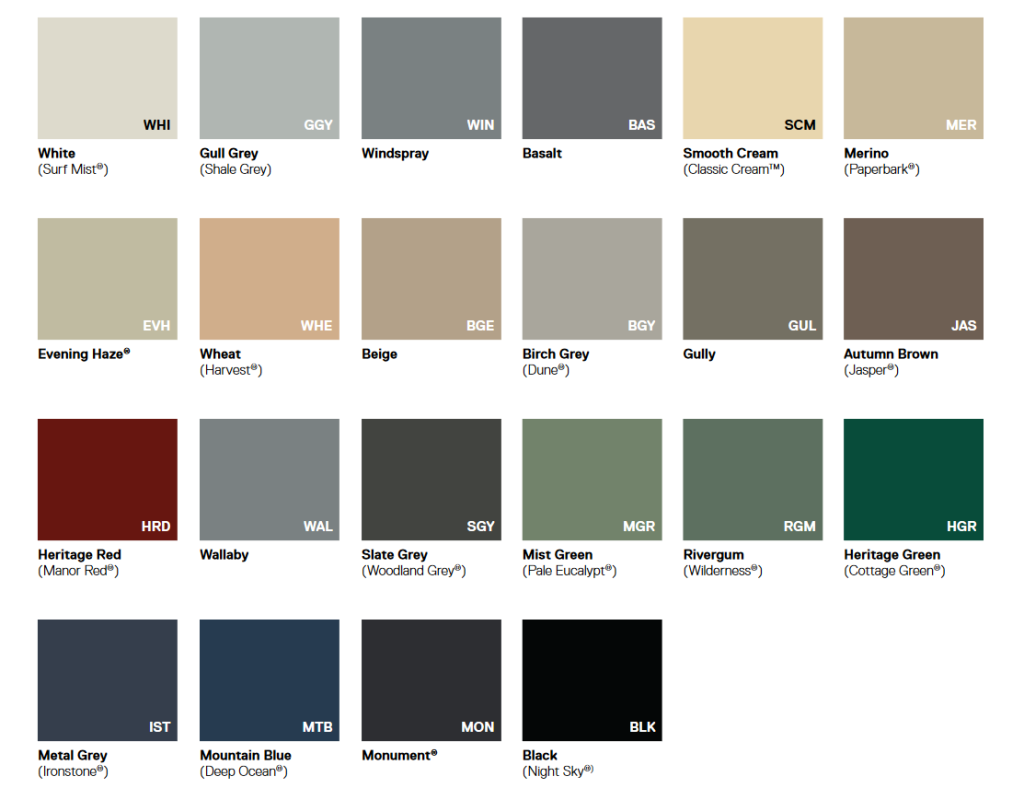Selecting the right water tank for your property can be a daunting task with so many sizes and types available. But, by understanding your property type, water usage goals, catchment area, available space, and access to a backup water supply, you can make the best choice for your needs.
Understanding Your Property and Needs
The first step in sizing your water tank is understanding your property type and your water usage needs. Are you a family of four living in a suburban home, or a couple living in a small property? Maybe you’re a single individual in a high-rise apartment with a balcony garden. Each scenario will require a different size of water tank, from a 1000l water tank for smaller needs, to a 10,000L or 50,000L water tank for larger properties or high usage needs.
Calculating Your Water Usage
Next, think about how you intend to use the collected water. Will it be used for household purposes like flushing toilets, showers, dishwashing, and washing machines? Or do you plan to use it for watering the garden / lawns, livestock watering, or other uses? Each of these uses will require different amounts of water. For instance, a garden water tank might need to be larger if you have extensive landscaping, while a small water tank might suffice for basic household needs.
Space Considerations
Space can also play a significant role in determining the size of your tank. If space is limited, a slimline or underground water tank could be the perfect solution. These tanks are designed to fit snugly into small spaces, making them an ideal choice for smaller properties or those with limited outdoor space.
Catchment Area Calculation
It’s also important to calculate the catchment area that directs water to your rainwater tank. If you have a 200 square meter house roof and the entire roof is directing water to your rainwater tank, you’ll need to consider this when determining the tank size.
Calculating Your Average Rainfall
Knowing your average rainfall is an important factor in determining your water demand. To calculate your average rainfall, you can use data the Bureau of Meteorology . Enter your location and find out the average yearly rainfall for your area. Alternatively, you can use our Polymaster rainfall calculator, to estimate your average rainfall. Remember, 1mm of rain x 1m2 of catchment area = 1 litre of water captured. Knowing your average rainfall can help you estimate how much water you can expect to collect and store in your water tank.
Access to Mains Water Supply
Another significant factor to consider is whether you have access to the mains water supply. If you do, you should have the flexibility to switch to the town water system should your tank run out of water.
Choosing the Right Size
To calculate the size of the water tank you need, consider how much water you’ll be using and how frequently you’ll be able to refill the tank. For example, if you’re a family of four using the tank for all household water needs, you might need a larger tank than a single individual using the tank for a small garden. 5000 litres of water could last a long time for minimal usage but may only last a week or so for a large family or high-usage application.
Personalising Your Water Tank with Colourbond Options
At Polymaster, we understand that your water tank is more than just a functional necessity – it’s also an element of your property’s overall look and feel. That’s why we offer a wide range of Colourbond® colours to help you seamlessly integrate your water tank into your property’s aesthetic. Whether you want your tank to blend in with the surroundings or make a bold statement, our Colourbond® options ensure there’s a colour to suit every style and preference. It’s a bit like styling a room with a quilt cover and a throw – you want it to look great while still serving a purpose!
Choosing the right colour is not just about aesthetics; certain shades can also help reflect sunlight and potentially reduce heat absorption, contributing to the longevity and effectiveness of your tank. With the flexibility of Colourbond, you can customise your tank to match your home or landscape, ensuring that your water storage solution is as stylish as it is practical.
Conclusion
Choosing the right-sized water tank for your property is not a one-size-fits-all process. It requires careful consideration of several factors, including your water usage, catchment area, available space, and access to a backup water supply. With these insights, you’re well-equipped to make an informed decision. In the end, it’s all about understanding your needs and finding a balance between capacity and feasibility.
Regards
James Steele
Ag & Plumbing Category Manager
Enquire
More Similar News
View all News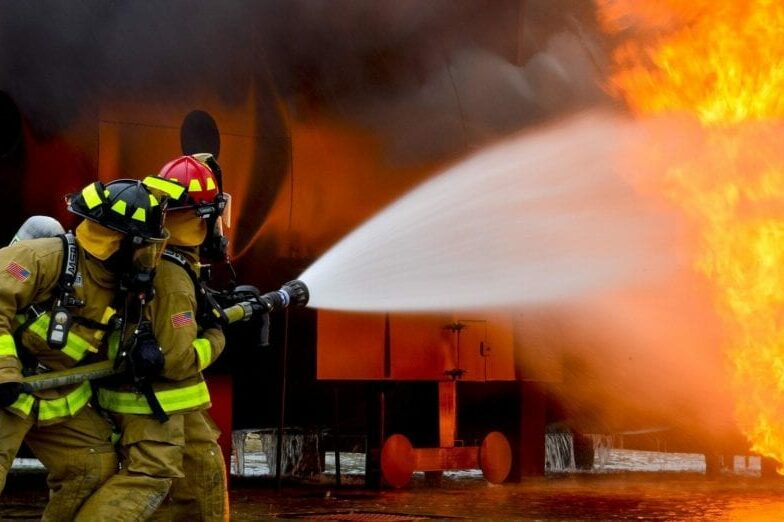
Tank solutions suited to PFAS contaminated ground remediation
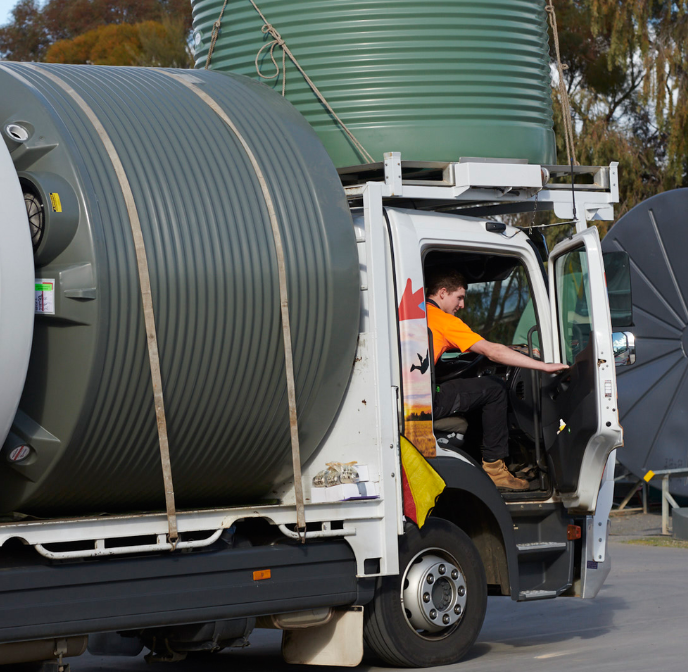
Lifting Equipment Requirements for Tank Deliveries


